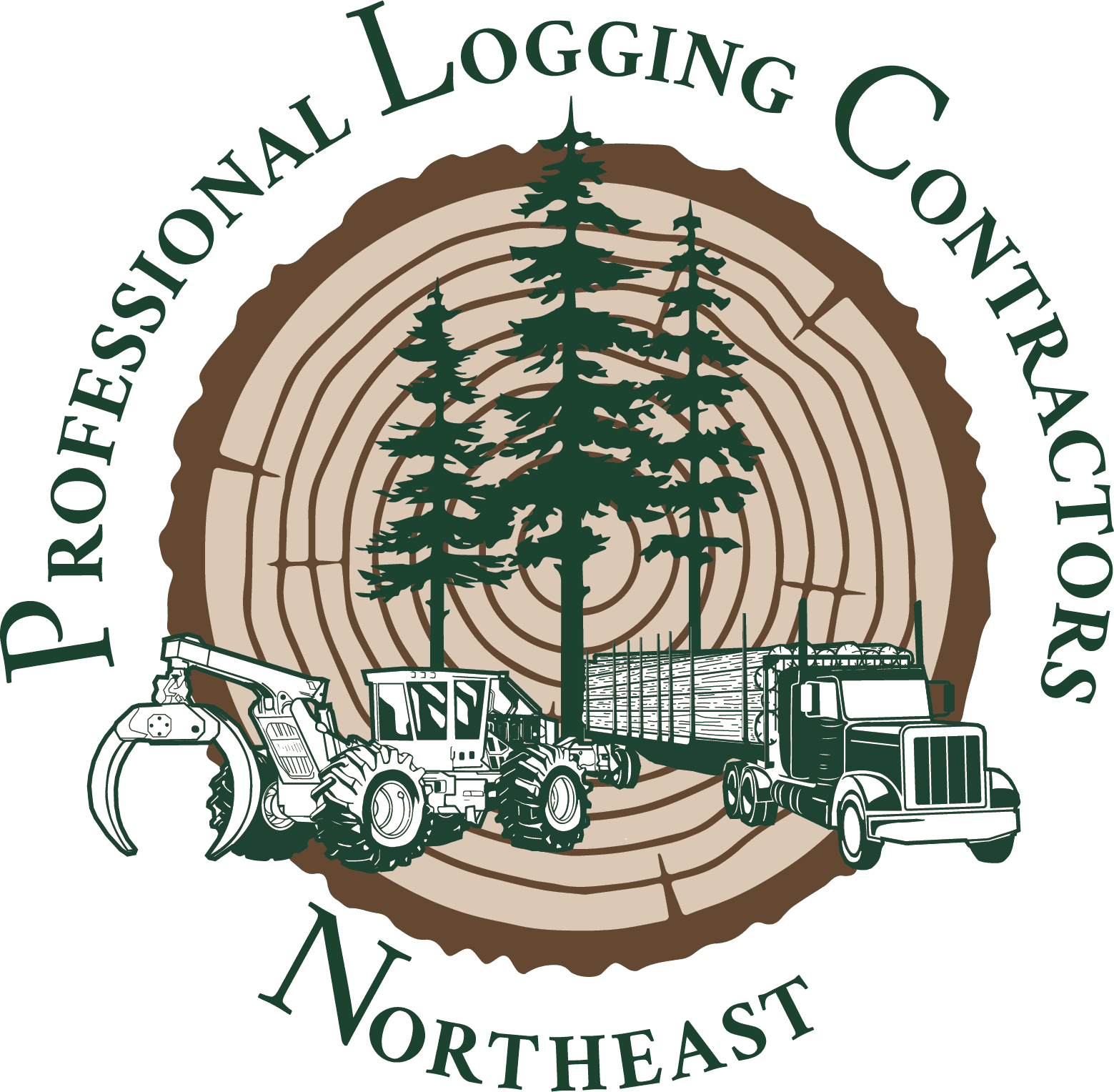How can PLC Members Go Green for Safety?

Evaluating risk is the first step in preventing accidents in the workplace. As we review safety issues in this newsletter, we will consistently talk about “Going Green” in regards to safety. What does this mean? Very simply, we classify potential safety risks in the workplace using a three-color system.
• Red is used to classify tasks that are dangerous or clear hazards present in the workplace.
• Yellow is used to classify tasks that could be dangerous or potential hazards present in the workplace.
• Green is used to classify tasks and potential hazards in the workplace where risk is low or eliminated thanks to measures including Personal Protective Equipment (PPE) being used and readily available; employees being made aware of and able to communicate about hazards, PPE requirements, first aid measures, storage requirements and handling procedures; or where annual training on preventing injury is being completed.
The goal with going GREEN is to get all tasks and potential hazards to GREEN and to have a system for recognizing tasks and elements in the workplace that are clearly hazards – RED, or potentially hazardous and in need of improvement – YELLOW.
PLC Safety Newsletter
Driving Safety
Feb. 2, 2018
By Miranda Gowell, PLC Safety Coordinator
What does “go green” mean when it comes to DRIVING safely in the logging industry? What does it mean to be safe while driving?
Going green is doing work tasks in a way designed to prevent injuries and losses. To achieve this, first of all we need to look at near misses, incidents and accidents connected to driving. This includes looking at how we are driving, road conditions, vehicle inspections, and vehicle maintenance.
 What are the hazards? These could include rolling over, striking another vehicle, a vehicle striking us, loading, unloading, backing up, distracted driving, and fatigue. Then we need to look at how we are training employees to prevent accidents, injuries, and near-misses related to those hazards. We also need to identify how we can prevent the same accidents, incidents, injuries and near misses from reoccurring for our drivers, and what the best practices for preventing injuries and losses are when it comes to driving.
What are the hazards? These could include rolling over, striking another vehicle, a vehicle striking us, loading, unloading, backing up, distracted driving, and fatigue. Then we need to look at how we are training employees to prevent accidents, injuries, and near-misses related to those hazards. We also need to identify how we can prevent the same accidents, incidents, injuries and near misses from reoccurring for our drivers, and what the best practices for preventing injuries and losses are when it comes to driving.
Are we conducting accident investigations and discovering the root causes? Are we following driver safety rules? Do we document and conduct driver evaluations? Do we have appropriate training for our drivers? Do we have policies and procedures for our drivers to follow? Are we inspecting and maintaining our vehicles daily? Are we communicating with our drivers that logging roads and public roads require the same DOT requirements? The Maine DOT has jurisdiction on public roads, federal motor carrier laws apply on highways, and private roads like the Golden Road are subject to OSHA regulations. Are we modifying our driving for different environments? Are we monitoring the hours our drivers are working? Are we providing training on handling tire chains, storing and inspecting load securement, wearing proper Personal Protective Equipment (PPE), communicating fatigue, sickness, and vehicle maintenance needs? Finally, we need to look at how, where and what we do to address drivers who do not follow policies and procedures.

When we have done all this, we then group the tasks that we do into categories of risk. There are three categories to evaluate risk: RED, YELLOW and GREEN. ▪ RED could be used for drivers who have had injuries/losses in your company in the past. ▪ YELLOW could be used to identify processes that may need improvement. ▪ GREEN could be used for identifying drivers, processes and training that are proving to be effective in mitigating driver accidents, injuries and near-misses. The goal with going GREEN is to get all drivers, trucks and procedures to GREEN and to have a system for recognizing tasks that are dangerous – RED, need improvement – YELLOW, and identifying what we are doing well GREEN.
Evaluating risk is the first step in prevention.
Has your company had a driving-related near miss, injury, or accident?
Submit accident investigation details as well as preventative measures to:
Miranda Gowell, PLC Safety Coordinator at safety@maineloggers.com or (207) 841-0250
Safety Resources from the PLC
Does your company hold monthly Safety Meetings? The PLC will be providing monthly resources for companies to improve their safety. Below you will find links for a suggested February topic, Winter Driving, and the informational plan and sign-in sheets for your employees. Please take advantage of these resources by clicking the links below to print them out, and contact PLC Safety Coordinator Miranda Gowell with any questions at safety@maineloggers.com or (207) 841-0250.
